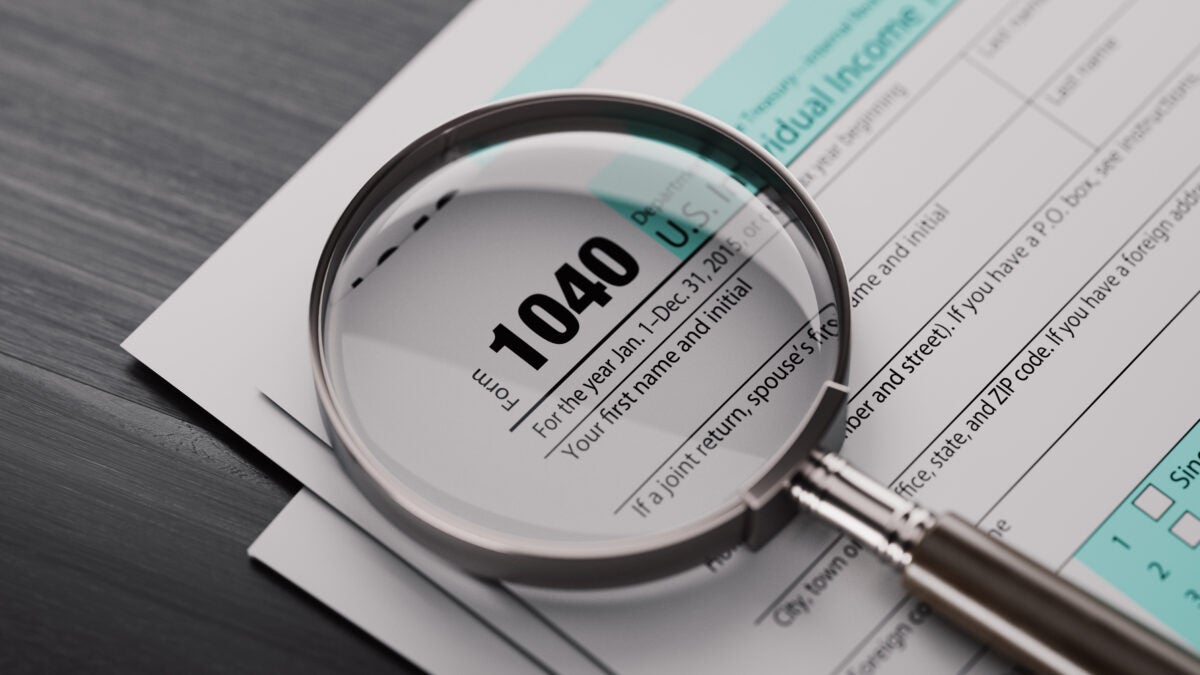Tax Giveaways Create More Jobs When Someone’s Watching
States that subject business subsidies to internal disclosure see more employment and spend less per job
Based on the research of Lisa De Simone

In 2019, Kansas and Missouri called a truce in a subsidies war. After competing to lure businesses to their respective sides of Kansas City, they found they’d collectively spent $350 million over 10 years to net a paltry 1,500 jobs. They halted the practice of giving tax breaks to relocate in their border-adjacent counties.
Although business tax subsidies have tripled in size over 30 years, it’s not uncommon for companies to take them and then fail to create the promised jobs, says Lisa De Simone, professor of accounting at Texas McCombs.
Rather than eliminating subsidies, other states have tried a different tactic to make sure subsidies deliver economically. They’ve passed disclosure laws, requiring that information about the subsidies be reported” such as the amount of the subsidy or the number of jobs created. They reason that transparency pressures companies to make good on their promises and governments to hold them accountable.
In new research, De Simone finds disclosure laws are effective in boosting local employment — at least, some kinds of disclosure laws.
The effective ones, she found, are internal disclosure laws. They require the granting state agency to report a tax break to other state agencies. Not only do they lead to more jobs, she found, but they also save taxpayers money.
By contrast, external disclosure laws, which release subsidy news to the public, appear to have little to no job impact.
“There have been a lot of calls for more disclosure around business tax subsidies to make sure governments use them in good ways,” De Simone says. “But clearly, just having some type of law is not enough.”
Internal Disclosures Pay Off
With Rebecca Lester of Stanford University and Aneesh Raghunandan of Yale University, De Simone used data on state and local subsidies from the nonprofit Good Jobs First.
Their sample included 48,243 subsidies across 27 states from 2008 to 2015. The average subsidy was worth $330,000, adding up to $15 billion.
The researchers focused on smaller subsidies such as tax credits, tax abatements, tax reimbursements, and grants. Such deals are more widespread than multimillion-dollar megadeals, De Simone says, and they draw less attention from the press.
She and her colleagues correlated those deals with employment data from the U.S. Bureau of Labor Statistics and U.S. Census Bureau. They compared the job impacts in states with internal disclosure laws — 93% had them at some point during the study period — against those that didn’t.
They found that by subjecting subsidies to internal disclosure laws, states:
- Reduce the number of subsidies needed to generate the same number of jobs. The average county could offer 1.2 to 1.7 fewer subsidies per subsidy recipient.
- Reduced their cost per new local job created by up to $8,100, which amounts to $594 million in nationwide savings.
“You get as much benefit from one subsidy with internal monitoring as you do from two without,” De Simone says. “So, internal disclosure laws seem pretty valuable.”
Why External Disclosures Don’t Work
External disclosure laws, on the other hand, had little effect on job numbers. The study found that governments often circumvent the laws by choosing other types of incentives, which don’t require disclosure, or post outdated information that impedes public monitoring.
De Simone says governments might have several reasons for avoiding external disclosure. Officials might worry about backlash, if a subsidy doesn’t create the expected number of jobs.
Or, she says, “It could be more nefarious, if the whole aim is to give subsidies out to their buddies, and they don’t want that information to become public.”
She hopes her study might encourage public pressure for clearer, more up-to-date government information on business tax subsidies. Better monitoring might deter marginal companies from making empty promises of job creation — or from applying for subsidies in the first place.
“If we had better monitoring and better information, we would probably have more efficient and effective subsidies, and we’d be saving taxpayer dollars,” De Simone says. “Eventually, governments might have to come to terms with offering up better information.”
“Tax Subsidy Disclosure and Local Economic Effects” is published in the Journal of Accounting Research.
Story by Deborah Lynn Blumberg
About this Post
Share:


